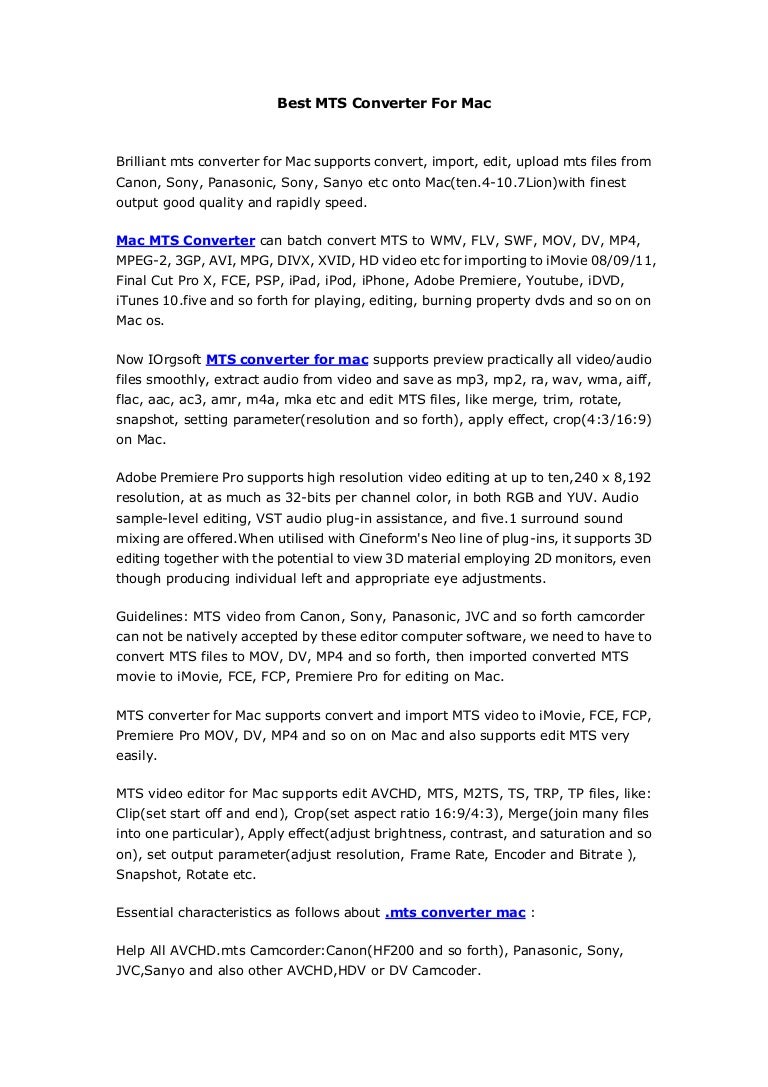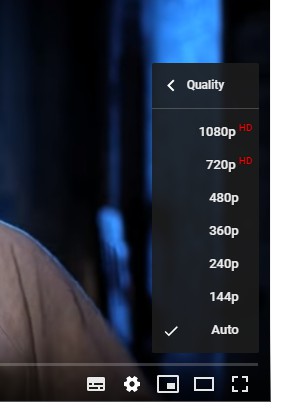

- #ADJUST RESOLUTION FOR VIDEO PLAYBACK ON MAC DRIVERS#
- #ADJUST RESOLUTION FOR VIDEO PLAYBACK ON MAC DRIVER#
- #ADJUST RESOLUTION FOR VIDEO PLAYBACK ON MAC ARCHIVE#
 For I/O Buffer Size (ASIO and CoreAudio) or Latency (MME), specify the lowest setting possible without audio dropouts. (MME and CoreAudio) For Master Clock, choose the input or output to which you want other digital audio hardware to synchronize (ensuring accurate alignment of samples). See Assign audio inputs and outputs to tracks in Adobe Audition Help. Choose a Default Input and Output from the card.
For I/O Buffer Size (ASIO and CoreAudio) or Latency (MME), specify the lowest setting possible without audio dropouts. (MME and CoreAudio) For Master Clock, choose the input or output to which you want other digital audio hardware to synchronize (ensuring accurate alignment of samples). See Assign audio inputs and outputs to tracks in Adobe Audition Help. Choose a Default Input and Output from the card. #ADJUST RESOLUTION FOR VIDEO PLAYBACK ON MAC DRIVER#
From the Device Class menu, choose the driver for the sound card you want to use. Choose Edit > Preferences > Audio Hardware (Windows) or Preferences > Audio Hardware (Mac OS). You can also monitor audio as you record it and instantly hear volume, pan, and effects changes during playback. #ADJUST RESOLUTION FOR VIDEO PLAYBACK ON MAC DRIVERS#
In Mac OS, CoreAudio drivers support both professional and standard cards.ĪSIO and CoreAudio drivers are preferable because they provide better performance and lower latency. In Windows, ASIO drivers support professional cards and MME drivers typically support standard cards. When you configure inputs and outputs for recording and playback, Adobe Premiere Pro can use these kinds of sound card drivers: Using the Source Monitor and Program Monitor.Troubleshoot issues related to playback and performance in Premiere Pro.How do I manage the Media Cache in Premiere Pro?.Green and pink video in Premiere Pro or Premiere Rush.Premiere Pro, Apple Silicon, and Big Sur | macOS 11.Check if your system is compatible with Premiere Pro.Improving Performance and Troubleshooting.Best Practices: Working with native formats.Best Practices: Learning from broadcast production.Best Practices: Working with Productions.
#ADJUST RESOLUTION FOR VIDEO PLAYBACK ON MAC ARCHIVE#
Consolidate, transcode, and archive projects. How clips work across projects in a Production. Exporting projects for other applications. Exporting for the Web and mobile devices. Using HSL Secondary controls in the Lumetri Color panel. Adjust color using RBG and Hue Saturation Curves. Get creative with color using Lumetri looks. Overview: Color workflows in Premiere Pro. Compositing, alpha channels, and adjusting clip opacity. Viewing and adjusting effects and keyframes. Use Motion effect to edit and animate clips. Adding, navigating, and setting keyframes. Upgrade Legacy titles to Source Graphics. Add Responsive Design features to your graphics. Best Practices: Faster graphics workflows. Use data-driven Motion Graphics templates. Replace images or videos in Motion Graphics templates. Using Motion Graphics templates for titles. Applying text gradients in Premiere Pro. Automatically reframe video for different social media channels. Overview of video effects and transitions. Set up and use Head Mounted Display for immersive video in Premiere Pro. Measure audio using the Loudness Radar effect. Advanced Audio - Submixes, downmixing, and routing. Monitor clip volume and pan using Audio Clip Mixer. Editing, repairing, and improving audio using Essential Sound panel. Synchronizing audio and video with Merge Clips. 
Edit from sequences loaded into the Source Monitor. Find, select, and group clips in a sequence. Importing XML project files from Final Cut Pro 7 and Final Cut Pro X. Importing AAF project files from Avid Media Composer. Setting up your system for HD, DV, or HDV capture. Best Practices: Create your own project templates. Open and edit Premiere Rush projects in Premiere Pro. Backward compatibility of Premiere Pro projects.







 0 kommentar(er)
0 kommentar(er)
